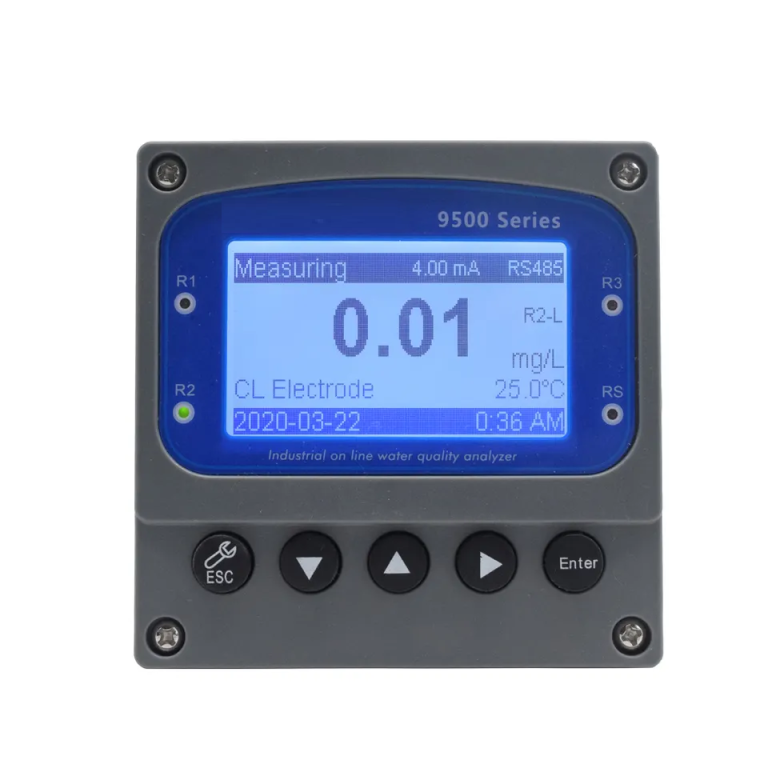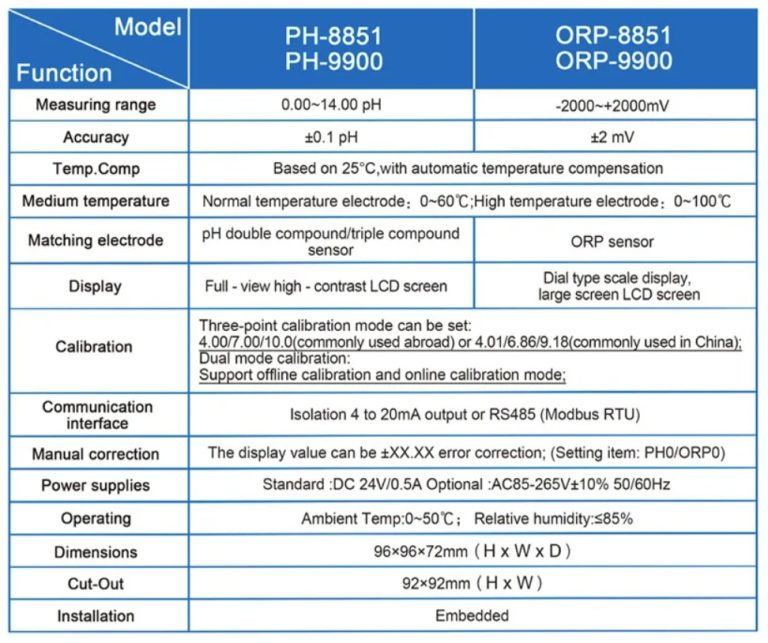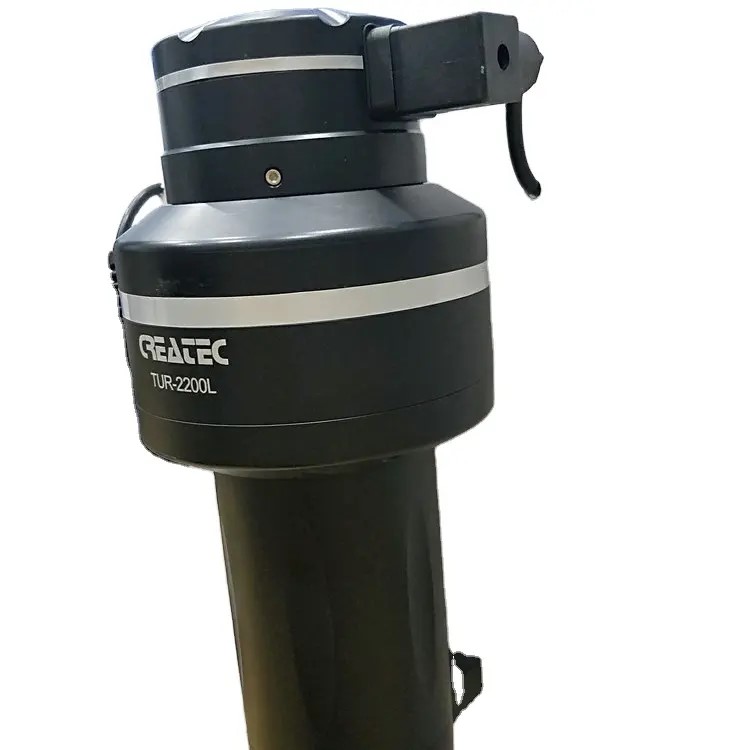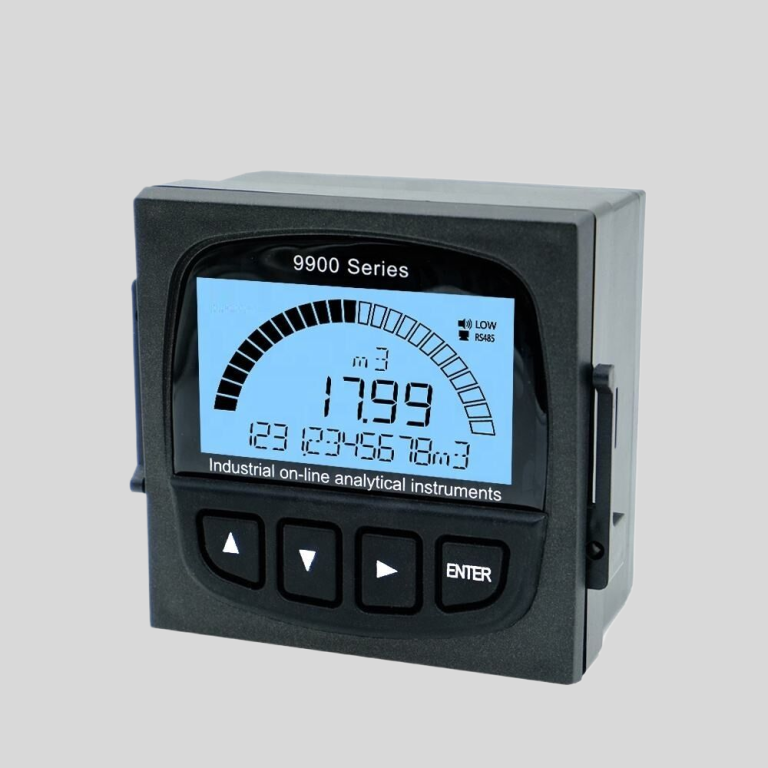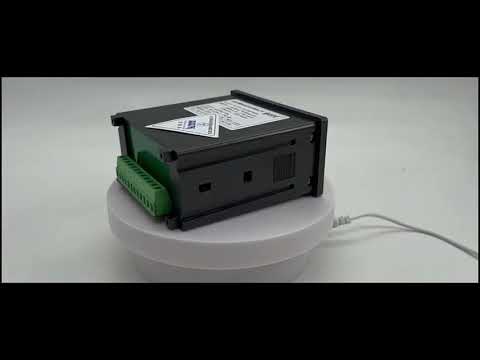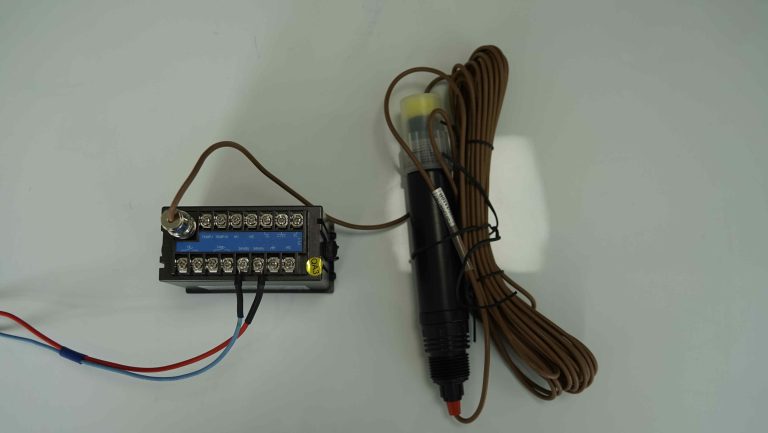Table of Contents
Benefits of Installing a reverse osmosis controller in Your Home
Reverse osmosis systems are a popular choice for homeowners looking to improve the quality of their drinking water. These systems use a process called reverse osmosis to remove impurities and contaminants from water, leaving behind clean, pure drinking water. While reverse osmosis systems are effective at purifying water, they can be difficult to operate and maintain without the proper equipment. This is where a reverse osmosis controller comes in.
A reverse osmosis controller is a device that helps to automate the operation of a reverse osmosis system. By installing a controller, homeowners can easily monitor and control their system, ensuring that it is running efficiently and effectively. There are many benefits to installing a reverse osmosis controller in your home.
One of the main benefits of installing a reverse osmosis controller is the convenience it provides. With a controller, homeowners can easily monitor the performance of their reverse osmosis system, making adjustments as needed to ensure optimal water quality. This can save time and effort, as homeowners no longer have to manually check and adjust their system.
Another benefit of installing a reverse osmosis controller is the improved efficiency of the system. Controllers can help to optimize the performance of a reverse osmosis system, ensuring that it is operating at its best. This can lead to better water quality and lower operating costs, as the system is using less energy and water to produce clean drinking water.
In addition to convenience and efficiency, a reverse osmosis controller can also help to extend the life of a reverse osmosis system. By monitoring the performance of the system and making adjustments as needed, homeowners can prevent damage and wear and tear on their system. This can help to prolong the life of the system, saving homeowners money on repairs and replacements in the long run.
Installing a reverse osmosis controller is a relatively simple process that can be done by homeowners with basic DIY skills. Most controllers come with detailed installation instructions that guide homeowners through the process step by step. However, if you are unsure about installing a controller yourself, it is always best to consult a professional to ensure that the installation is done correctly.
To install a reverse osmosis controller, homeowners will need to first locate a suitable location for the controller near their reverse osmosis system. The controller should be installed in a dry, well-ventilated area that is easily accessible for monitoring and maintenance. Once a location has been chosen, homeowners can then follow the manufacturer’s instructions to mount the controller and connect it to their reverse osmosis system.
Overall, installing a reverse osmosis controller in your home can provide many benefits, including convenience, efficiency, and extended system life. By automating the operation of your reverse osmosis system, you can ensure that you always have clean, pure drinking water at your fingertips. If you are considering installing a reverse osmosis system in your home, be sure to also invest in a controller to maximize the benefits of your system.
Step-by-Step Guide to Installing a reverse osmosis controller in Your Water Filtration System
Reverse osmosis (RO) systems are a popular choice for water filtration in homes and businesses. These systems use a semi-permeable membrane to remove impurities from water, providing clean and safe drinking water. To ensure that your RO system operates efficiently, it is important to install a reverse osmosis controller. This device helps to regulate the flow of water through the system, ensuring that it operates at optimal levels. In this article, we will provide a step-by-step guide to installing a reverse osmosis controller in your water filtration system.
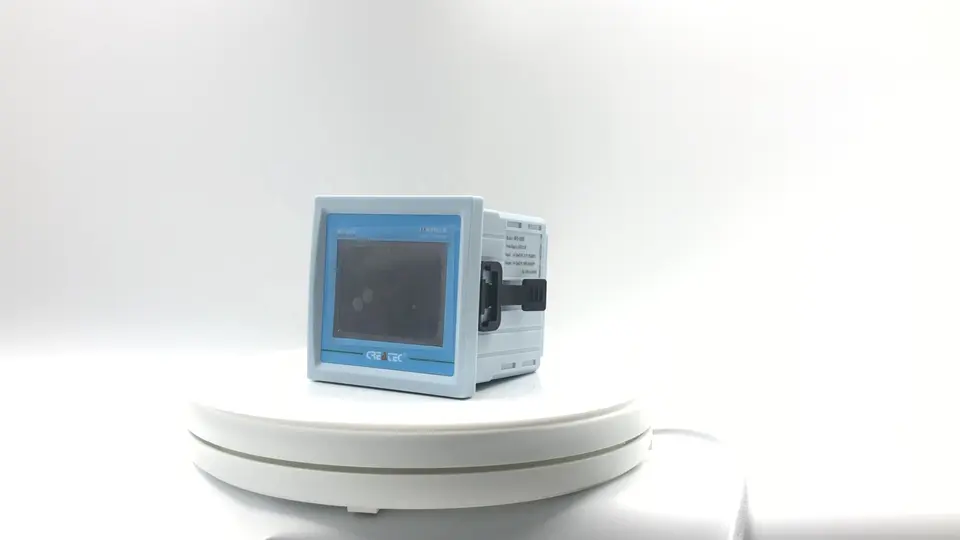
Before you begin the installation process, it is important to gather all the necessary tools and materials. You will need a reverse osmosis controller, a power source, tubing, and any additional fittings or connectors required for your specific system. It is also important to read the manufacturer’s instructions carefully before starting the installation process.
The first step in installing a reverse osmosis controller is to locate a suitable location for the device. The controller should be installed near the RO system, within reach of a power source. It is important to ensure that the controller is installed in a dry and well-ventilated area to prevent damage from moisture.
Once you have identified a suitable location for the reverse osmosis controller, you can begin the installation process. Start by turning off the power to the RO system to prevent any accidents during the installation process. Next, connect the controller to the power source using the appropriate wiring and connectors. Make sure to follow the manufacturer’s instructions carefully to ensure that the device is properly connected.
After connecting the controller to the power source, you will need to connect the tubing from the RO system to the controller. This tubing is responsible for carrying water to and from the RO system, so it is important to ensure that it is properly connected. Use the appropriate fittings and connectors to secure the tubing in place, making sure that there are no leaks or obstructions.
Once the tubing is properly connected, you can turn the power back on to the RO system and test the controller. Make sure that the device is functioning properly and regulating the flow of water through the system. If you encounter any issues during the testing process, refer to the manufacturer’s instructions for troubleshooting tips.
In conclusion, installing a reverse osmosis controller in your water filtration system is a relatively simple process that can help to improve the efficiency and performance of your RO system. By following the step-by-step guide outlined in this article, you can ensure that your controller is properly installed and functioning correctly. If you have any questions or concerns during the installation process, do not hesitate to contact the manufacturer for assistance. With a properly installed reverse osmosis controller, you can enjoy clean and safe drinking water for years to come.
| Model | CCT-3300 Series Conductivity Online Controller |
| Constant | 0.01cm-1, 0.1 cm-1, 1.0cm-1, 10.0 cm-1 |
| Conductivity | (0.5~20)mS/cm,(0.5~2,000)uS/cm, (0.5~200)uS/cm, (0.05~18.25)MQ\u00b7cm |
| TDS | (250~10,000)ppm, (0.5~1,000)ppm, (0.25~100)ppm |
| Medium Temp. | (0~50)\u2103 |
| Resolution | Conductivity: 0.01uS/cm, TDS:0.01ppm, Temp.: 0.1\u2103 |
| Accuracy | Conductivity: 1.5%(FS), Resistivity:2.0%(FS), TDS: 1.5%(FS), Temp.: +/-0.5\u2103 |
| Temp. compensation | (0-50)\u00b0C (with 25\u2103 as Standard) |
| Cable length | \u22645m(MAX) |
| mA output | Isolated (4~20)mA, Instrument / Transmitter for selection |
| Control Output | relay contact: ON/OFF, Load capacity: AC 230V/5A(Max) |
| Working Environment | Temp.(0~50)\u2103;Relative Humidity \u226485%RH (none condensation) |
| Storage Environment | Temp.(-20~60)\u2103;Relative Humidity \u226485%RH (none condensation) |
| Power Supply | CCT-3300:DC 24V; CCT-3310: AC 110V; CCT-3320: AC 220V |
| Dimension | 48mmx96mmx80mm(HxWxD) |
| Hole Size | 44mmx92mm(HxW) |
| Installation | Panel mounted, fast installation |

